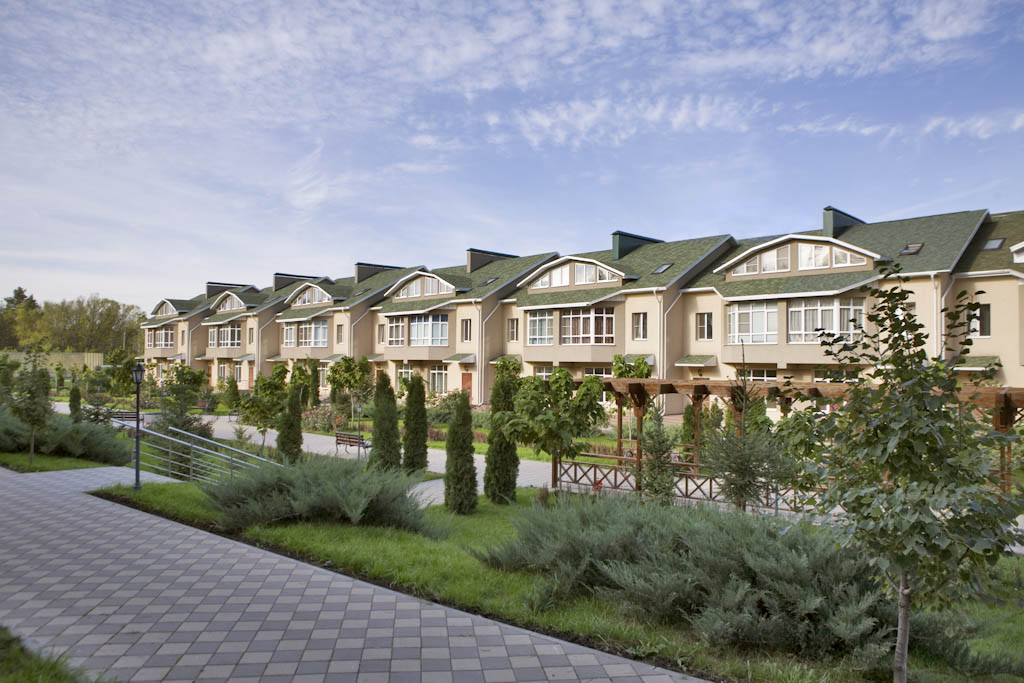As we begin the process of redevelopment here in East Brunswick, we will be facing some daunting, challenging, yet exciting prospects. This will be the first time in over a half century that we will be fundamentally changing the structure, function and image of our most important commercial corridor. This will be a township-wide project, and we cannot afford to get this wrong as the future of the township rests on the very decisions we begin to make today. While we set our eyes to the future and start to hit the gas, it is important that we remain principled and not leave anyone behind.
As many of you know, New Jersey has become a very expensive state to live in and to get by. The cost of living has continued to rise faster than median income, forcing many residents to leave the state, downsize, or foreclose on homes. This is a travesty for those who have lived here all their lives, have family here, and (despite the jokes) actually like New Jersey.
In 2015, the State of New Jersey recognized that the Council on Affordable Housing was not keeping up on its obligation to encourage production of low and moderate-income affordable housing. As a result, the obligation was transferred to State Superior Court. Each county was assigned a judge who would make decisions on the number of affordable units required for each municipality.
Fortunately, East Brunswick had always been keeping up with our obligation and does so through a separate Housing Corporation. As a result, our number came to a little over 300 additional units that need to be built or zoned by 2025. Faced with this obligation, the Township Council approved zoning changes in December 2016. This accounted for approximately 200 units throughout the township. The obligation can be met through rental apartments, homes for disabled persons, senior housing and other housing. The remaining 110 units were zoned in the Areas in Need of Redevelopment and were approved by the council last year.
Affordable housing is not Section 8 Housing. Section 8 is subsidies for very low income and nonworking individuals. This is an obligation of the federal government through the U.S. Department of Housing and Urban Development and is not any part of this discussion.
With the skyrocketing cost of living in New Jersey, the state has made very reasonable affordable housing regional income limits based on household size. These income levels can include teachers, entry level workers, starting police officers, most municipal employees, single parents with children, disabled persons, retirees, and quite possibly your own children as they start out in the workforce.
Per the affordable housing guidelines and the median income levels in our region, the municipality must set aside 20 percent of any new housing stock for affordable housing divided as follows:
- Moderate income – 80 percent of the median – 43.5% percent of the 20 percent set aside
- Low income – 50 percent of the median – 43.5 percent of the 20 percent set aside
- Very low income – 30 percent of the median – 13 percent of the 20 percent set aside
As an example, any single starting teacher or police officer in East Brunswick would qualify for a one bedroom unit as a moderate income as the salary would have to be below $63,240. Based on a new unit cost of $1,800 per month, the moderate level rent would be reduced to $1,581. A single parent with two children would qualify under the low-income category if she earns under $50,931. This would make the $2,400 per month cost of a two-bedroom come down to $1,273 per month. They would still be responsible for common charges, parking, etc. at the full service rate. All income eligible residents must meet minimum and maximum income requirements.
The point is that these are people we encounter every day. These are valued members of our work force and they contribute to the community. They shop in our stores, they belong to our houses of worship and they are welcome in East Brunswick.
As for the developers and builders, there must be a reason that they have lobbied for these affordable housing Rules. You guessed correctly: follow the dollar. I already mentioned that the affordable housing rules require that new buildings have a 20 percent set aside for affordable units. Assume a 100 unit building: the developer can build 80 full-price units, eight to nine moderate, eight to nine low, and two to three very low priced units. The builder will generally make a profit on the market rate and moderate income units, break even on the low income units, and lose on the very low income units. Depending on the quality of the building, I think I would take that deal any day of the week.
In the end, keep in mind that compared to other communities in Middlesex County, East Brunswick has the lowest percentage of rental units compared to total housing units. There is a need for rental housing for people at various points in their life cycle, whether they are starting out or selling their family home, regardless of income. These would all have a positive aspect on our housing plans whether or not they are part of redevelopment. We certainly will need to consider roads, traffic, services and our schools. Of note, our schools have seen a steady decrease in enrollment over the past decade, and our numbers are down by almost 1,000, according to the N.J. Department of Education website.
Clearly, we have capacity for growth. And as we grow, it takes me back to remembering to not leave anyone behind.
Brad Cohen is the mayor of East Brunswick. He will submit an occasional column to Newspaper Media Group.

